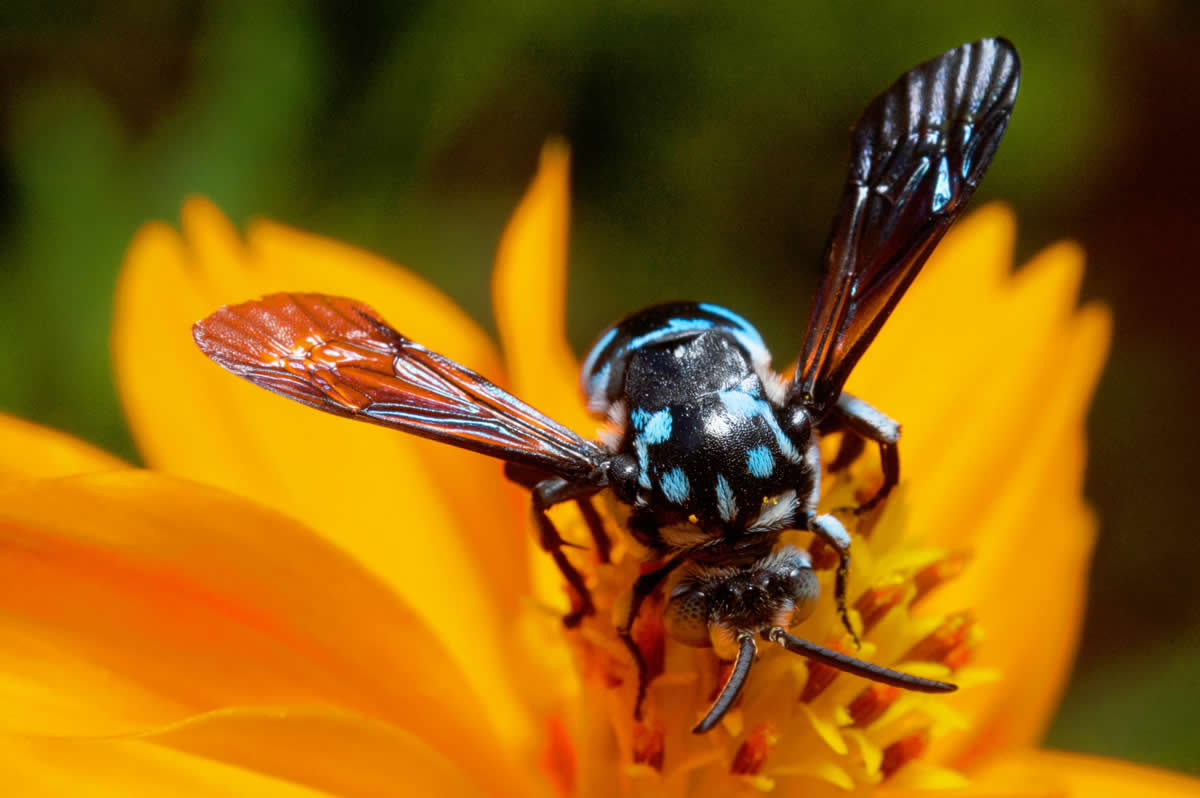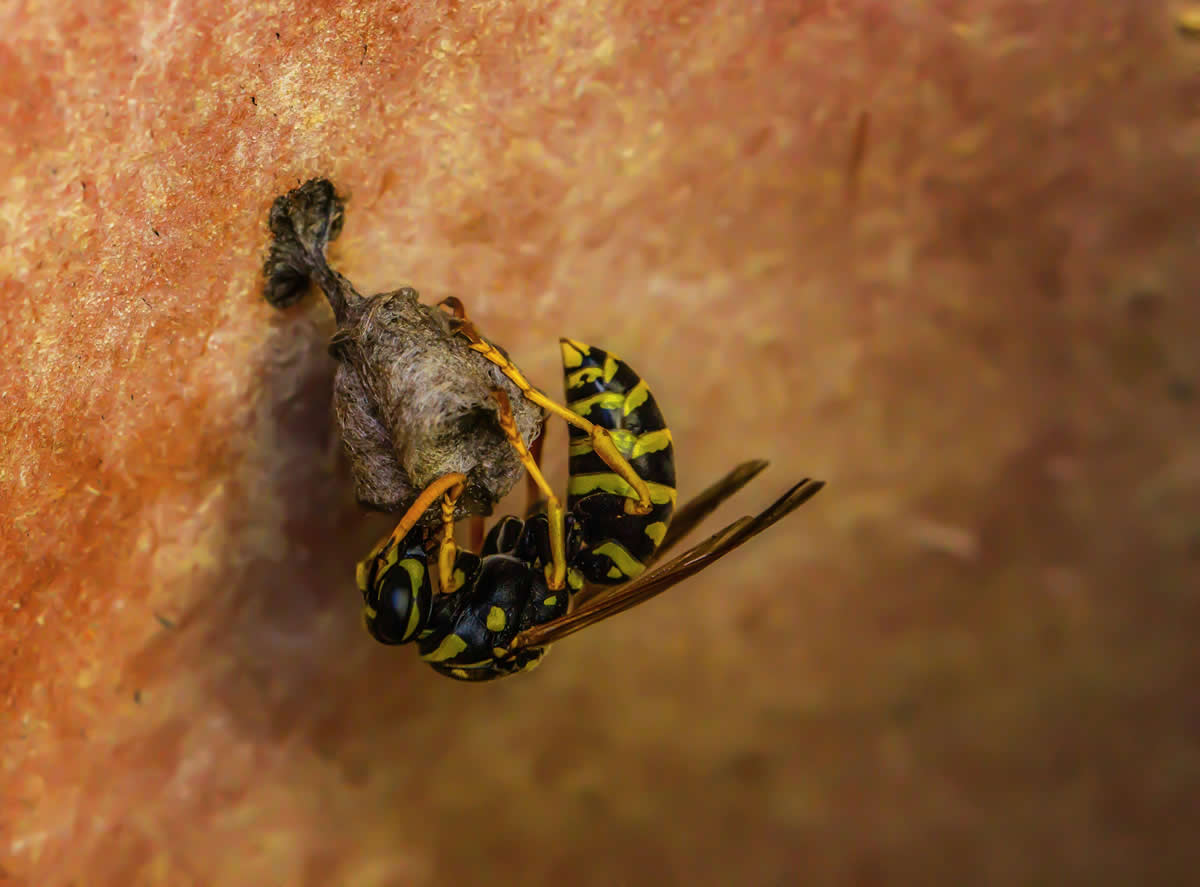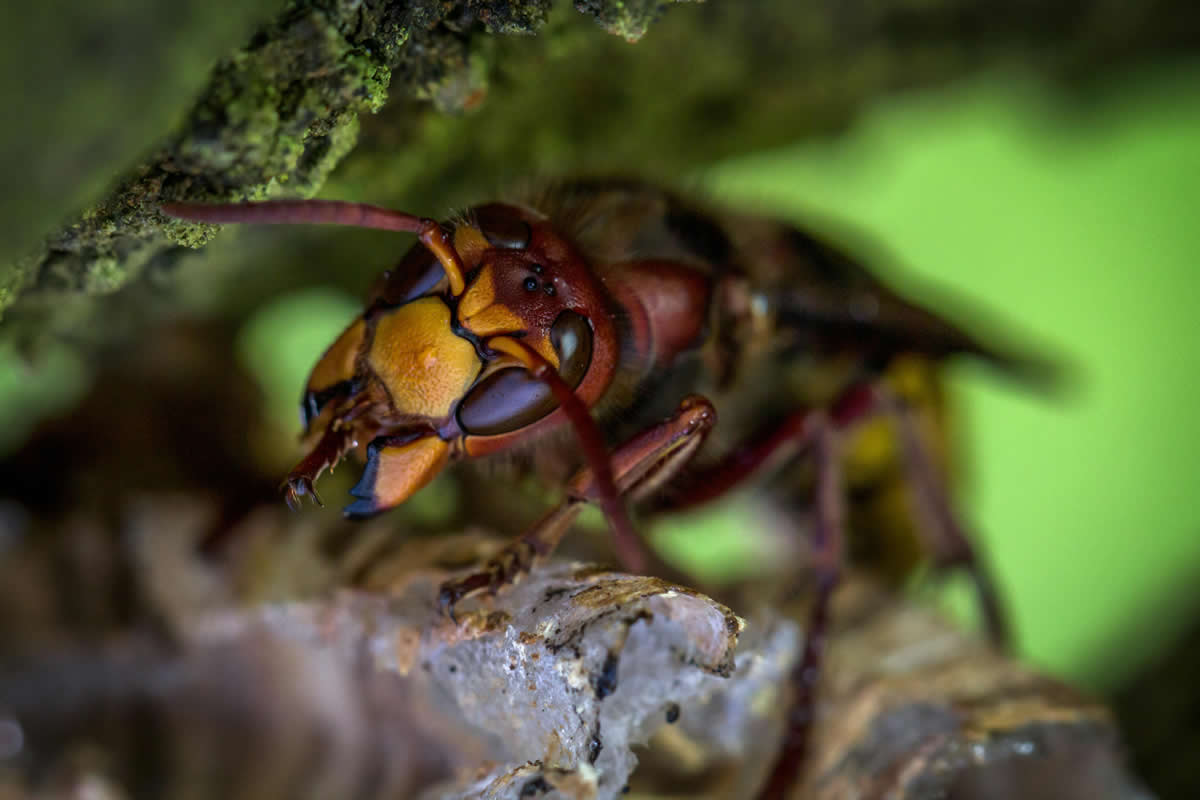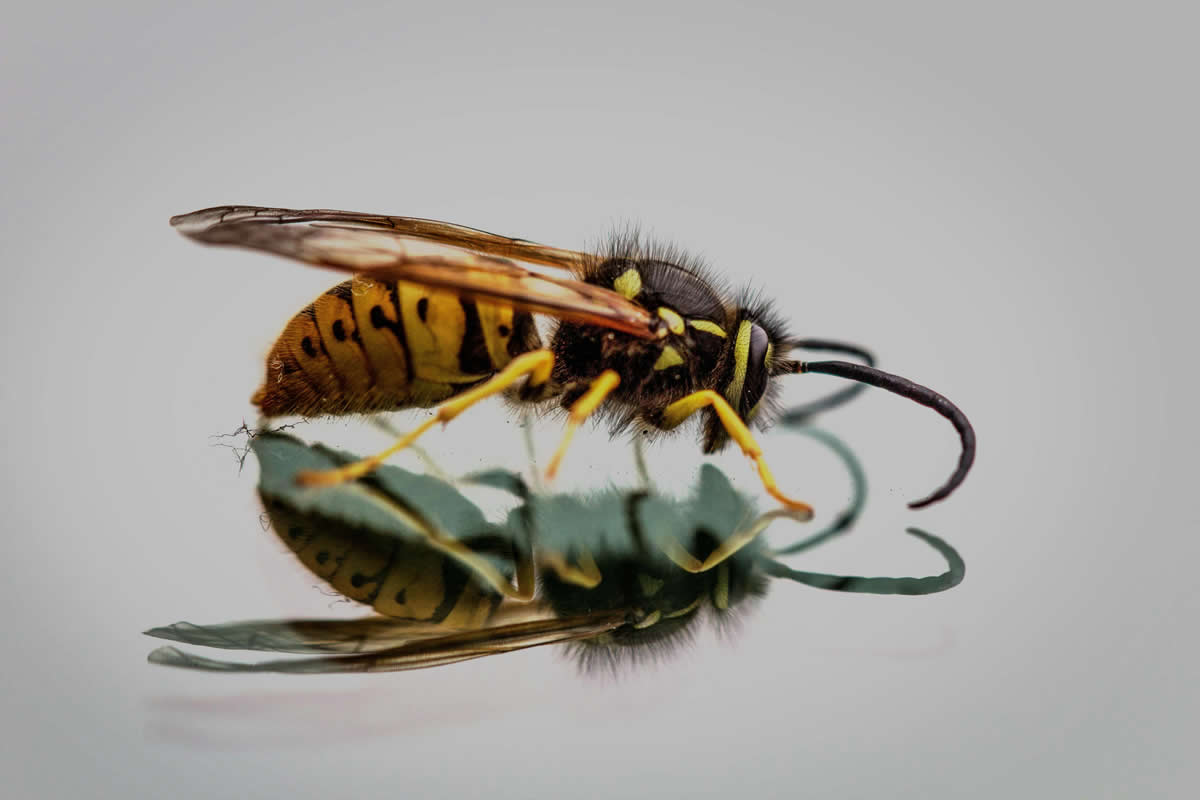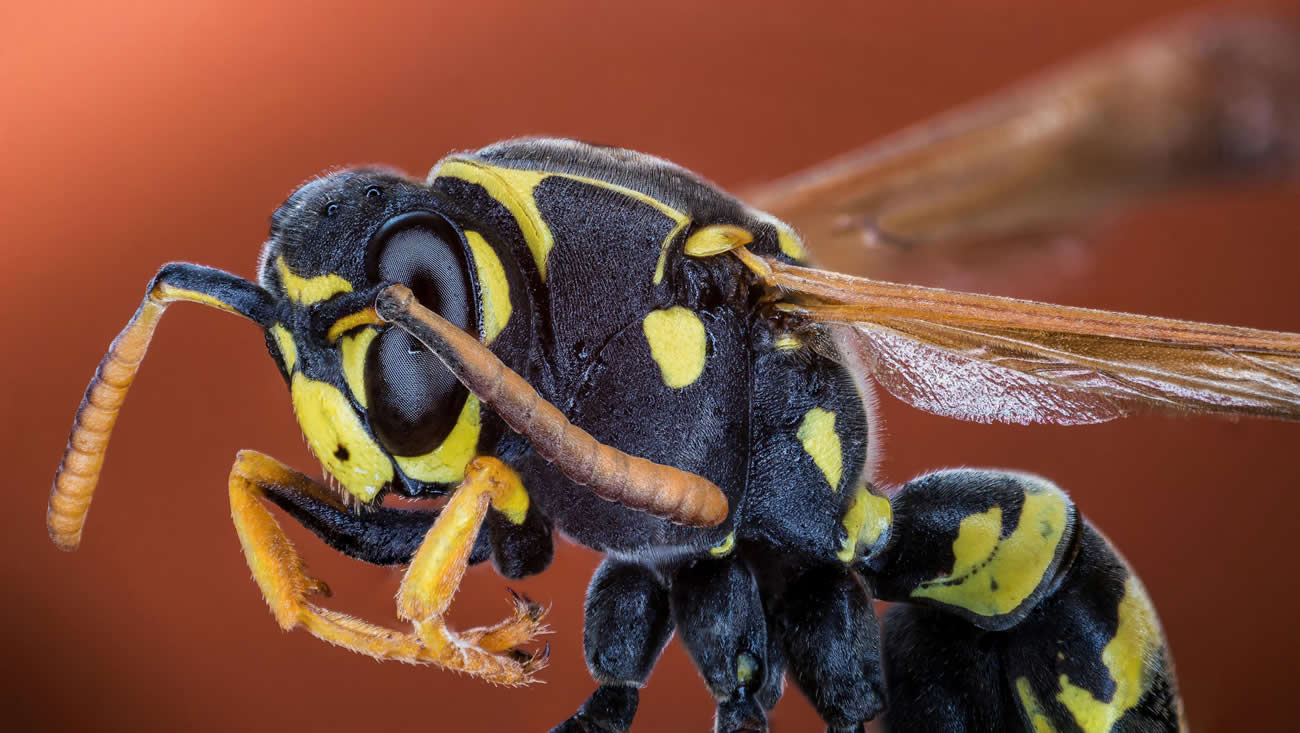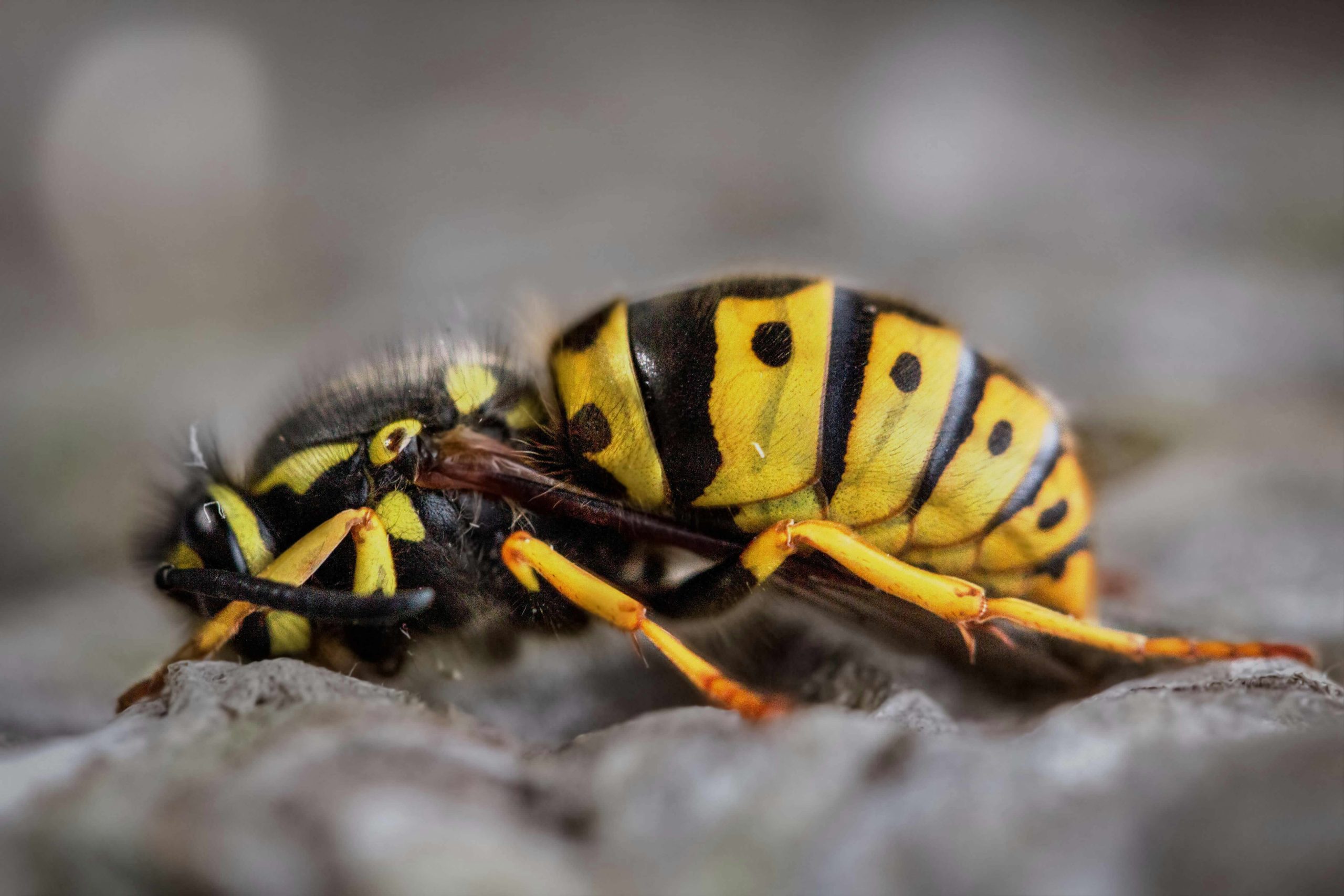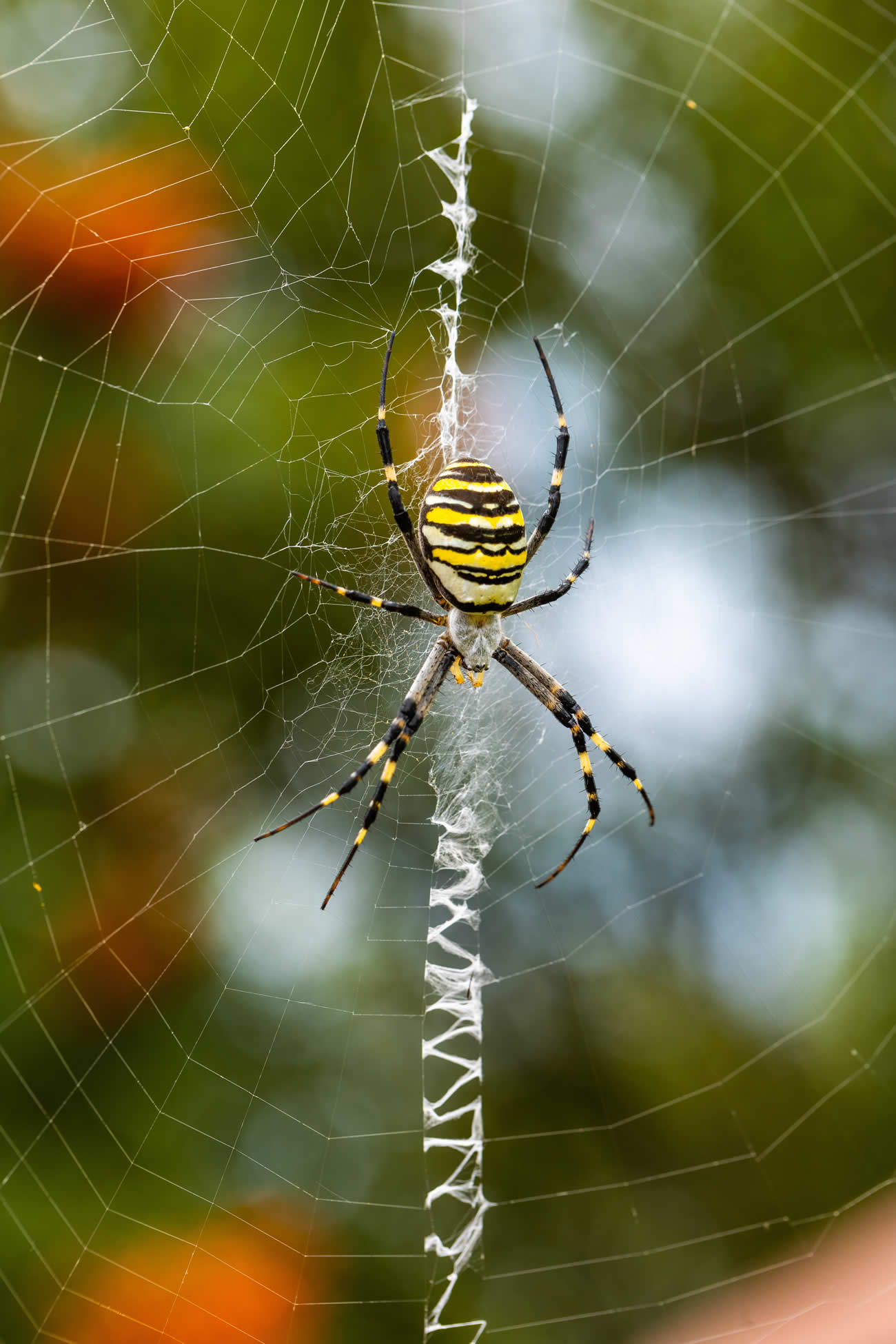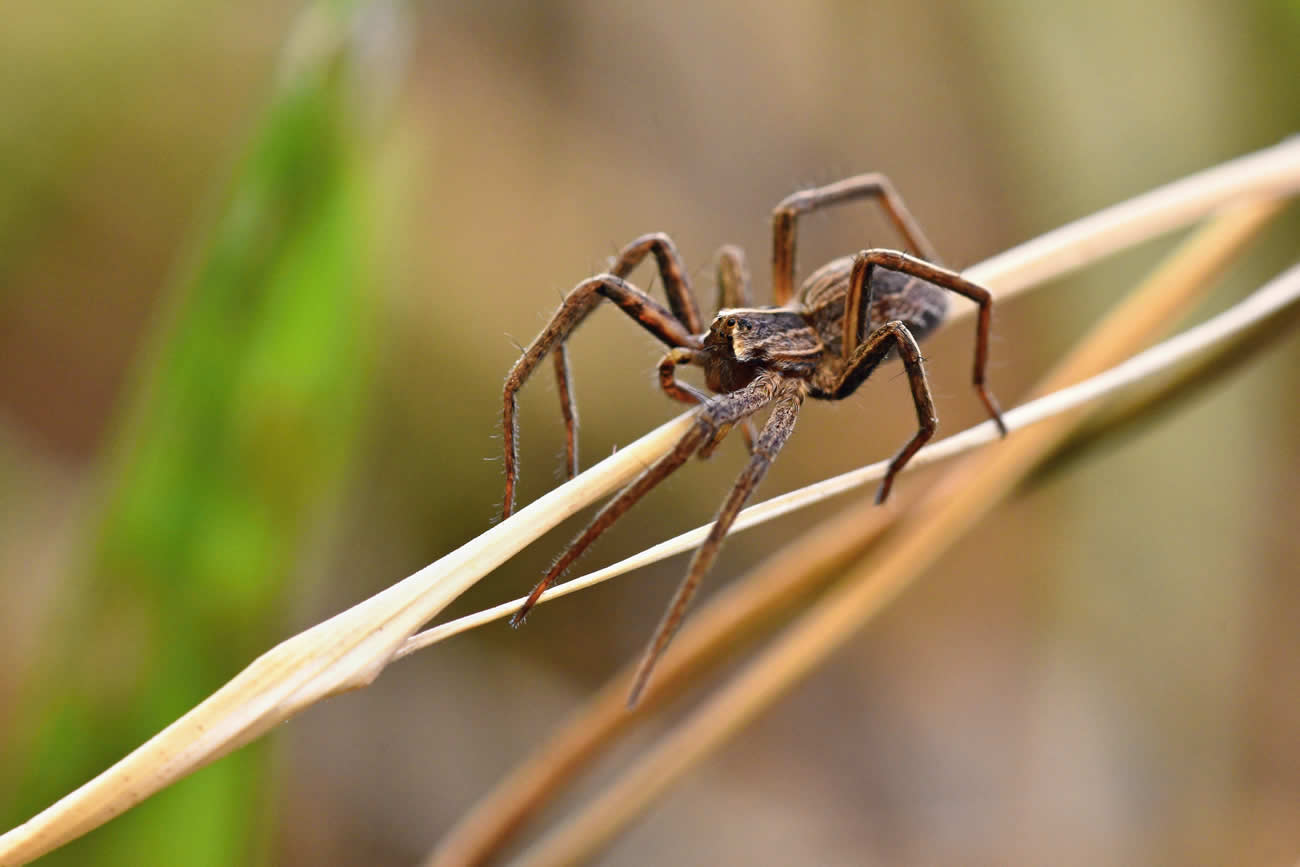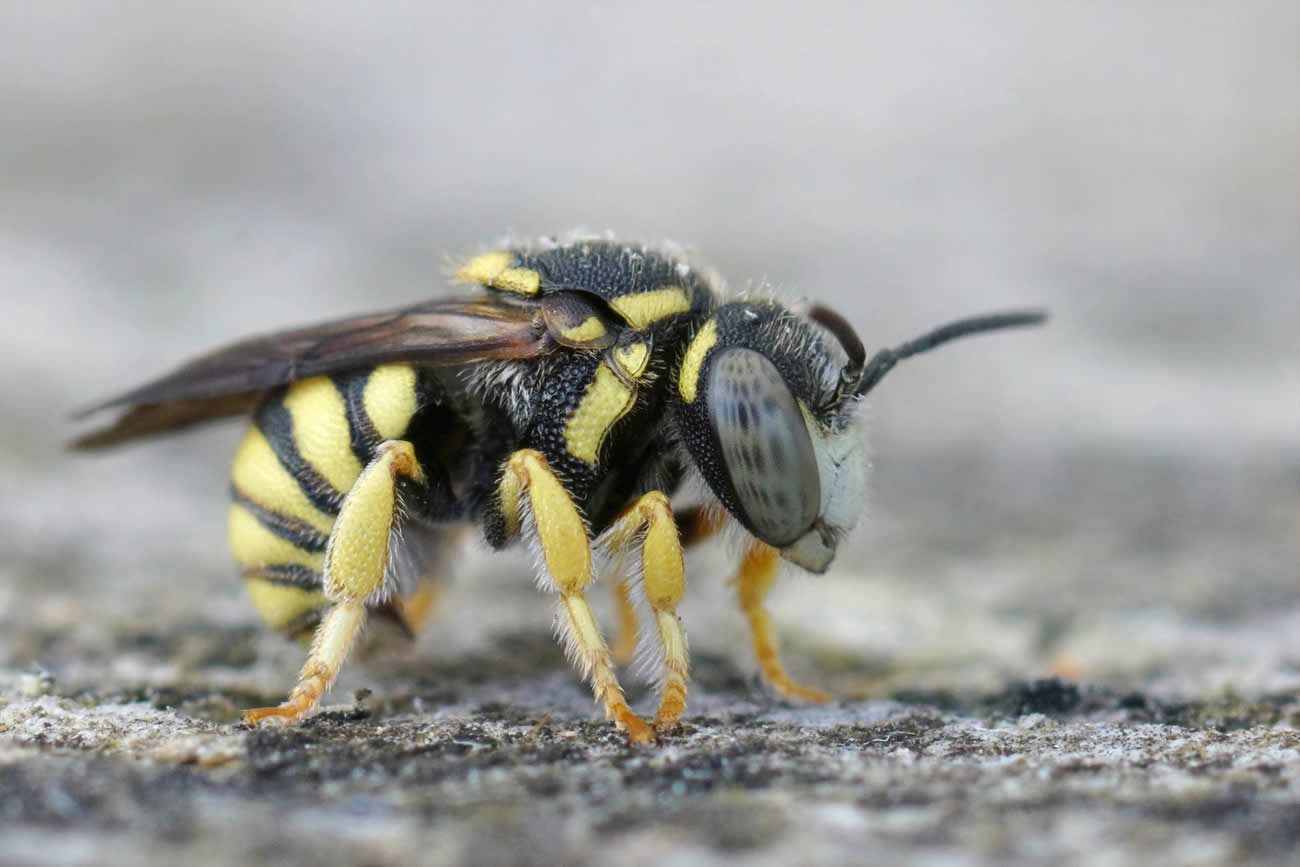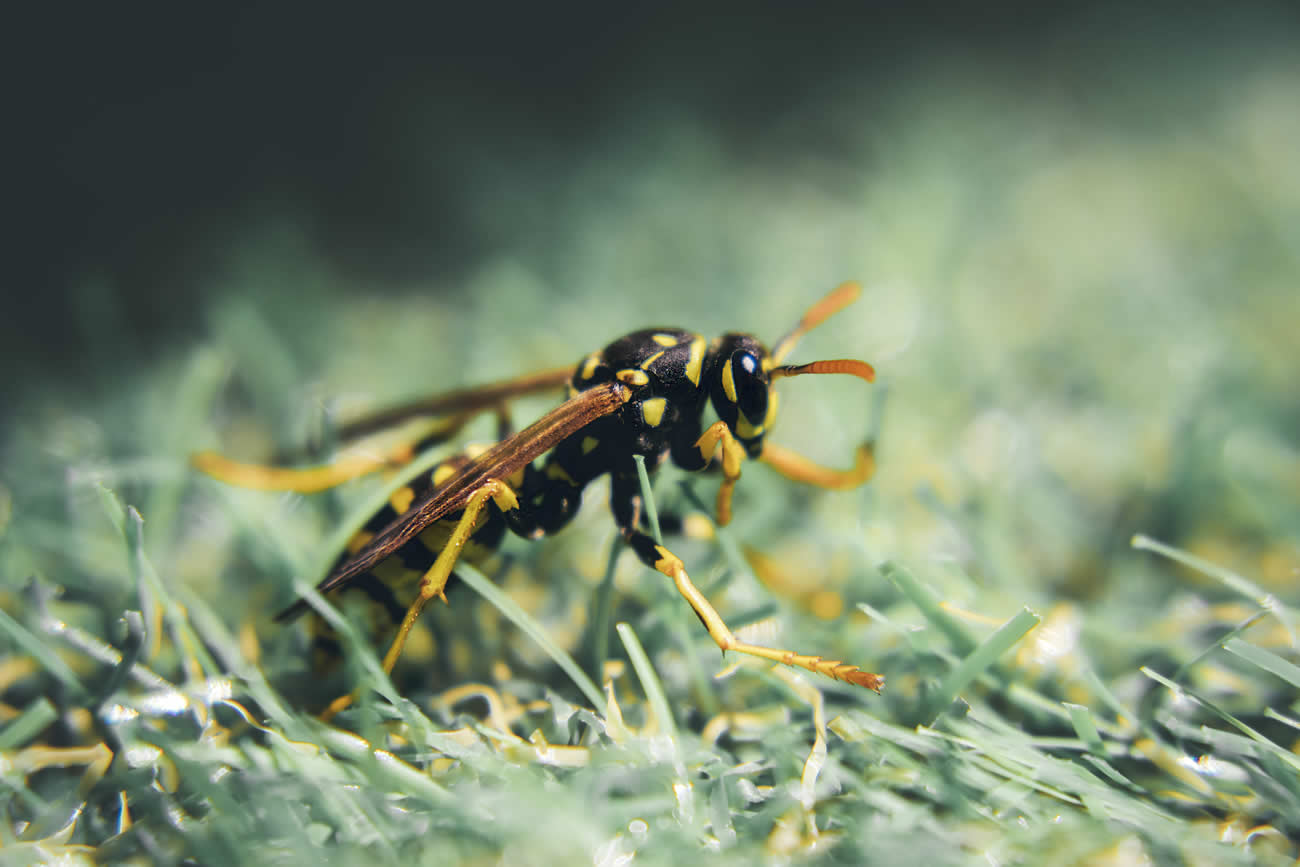When it comes to dealing with unwelcome wasps, many people find themselves searching for effective, safe solutions. One popular method that has gained traction is the use of dish soap mixed with water.
This approach not only offers a non-toxic alternative to chemical insecticides but also proves to be surprisingly effective. In this article, we’ll dive deep into how soap can be used to eliminate wasps, the science behind it, and practical tips for application.
Table of Contents
ToggleUnderstanding Wasps and Their Behaviour
Wasps, particularly species like yellow jackets and paper wasps, can be a nuisance in gardens and homes. They are known for their aggressive behaviour, especially when they feel threatened or when their nests are disturbed. Understanding their behaviour is crucial for effective control.
Nesting Habits
Wasps typically build nests in sheltered areas, such as under eaves, in shrubs, or even inside wall cavities. These nests can grow quite large, especially during late summer when the population peaks. Knowing where these nests are located can help you plan your approach.
Seasonal Activity
Wasps are most active during warm months, particularly in late summer and early autumn. During this time, they become more aggressive as they search for food. This is the ideal time to take action if you’re experiencing an infestation.
How Soap Kills Wasps
The effectiveness of dish soap in killing wasps lies in its ability to disrupt their respiratory system. When soap is sprayed onto a wasp, it reduces the surface tension of the water, causing the wasp to become immobilised and ultimately suffocate.
The Science Behind It
- Surface Tension Reduction: The soap breaks down the surface tension of the water, allowing it to cling to the wasp’s body and wings. This makes it difficult for the insect to fly.
- Respiratory Blockage: Wasps breathe through small openings called spiracles. When soap is applied, it can clog these openings, leading to suffocation.
Effectiveness Against Other Pests
Interestingly, this method is also effective against bees and hornets, making it a versatile solution for various stinging insects.
Preparing Your Soap Solution
Creating a soap solution is straightforward and requires just a few ingredients. Here’s how to make it:
Ingredients Needed
- Dish Soap: Use a liquid dish soap that is biodegradable and free from harsh chemicals. The blue variety is commonly recommended due to its effectiveness.
- Water: Plain tap water is sufficient for this mixture.
Mixing Instructions
- In a spray bottle, combine 1 to 2 tablespoons of dish soap with about 500ml of water.
- Shake the mixture gently to combine. Avoid creating too many bubbles, as this can affect the spray’s effectiveness.
Application Techniques
When it comes to applying your soap solution, timing and technique are key to success.
Best Time to Spray
The ideal time to spray is during the evening or early morning when wasps are less active. This reduces the risk of getting stung and increases the chances of effectively targeting the insects.
Direct Application
- Locate the Nest: Identify the wasp nest and approach it cautiously.
- Spray the Nest: Aim the spray directly at the nest, ensuring thorough coverage. Be prepared for some wasps to become agitated and fly out.
- Follow Up: After the initial spray, continue to monitor the area and reapply if necessary.
Personal Safety Precautions
- Wear Protective Clothing: Long sleeves, pants, and gloves can provide a barrier against stings.
- Have an Escape Route: Always ensure you have a clear path to retreat in case the wasps become aggressive.
Additional Wasp Control Strategies
While soap is an effective tool, combining it with other preventive measures can enhance your overall strategy.
Removing Food Sources
Wasps are attracted to food, particularly sugary and protein-rich substances. Here are some tips to minimise their attraction:
- Secure Trash Bins: Keep lids tightly closed and clean up spills.
- Clean Up After Meals: If dining outdoors, ensure food is covered and clean up promptly after eating.
- Remove Fallen Fruit: Regularly check fruit trees and remove any fallen fruit that could attract wasps.
Destroying Nests
If you notice a significant wasp problem, it may be necessary to destroy their nests. Always do this cautiously:
- Wait Until Evening: This is when most wasps are inside the nest and less active.
- Use Protective Gear: As mentioned earlier, wear protective clothing and have your soap solution ready.
- Spray the Nest: Apply your soap mixture thoroughly to ensure maximum effectiveness.
When to Seek Professional Help
If your wasp problem persists or if you encounter a large nest, it may be time to consult a pest control professional. They have the expertise and tools to handle the situation safely and effectively.
Signs You Need Help
- Large Nests: If you see a nest larger than a football, it’s best to call in the pros.
- Allergic Reactions: If someone in your household is allergic to wasp stings, professional intervention is crucial.
- Persistent Infestation: If wasps keep returning despite your efforts, a professional can provide targeted solutions.
Our Final Say!
Using soap to control wasps is a practical and environmentally friendly method that can be highly effective when done correctly. By understanding wasp behaviour, preparing your soap solution, and applying it at the right time, you can significantly reduce their presence around your home.
Remember to combine this method with other preventive measures for the best results, and don’t hesitate to call in professionals if needed. With these strategies, you can reclaim your space from these pesky intruders.

